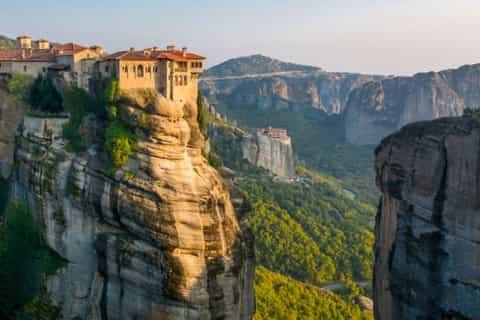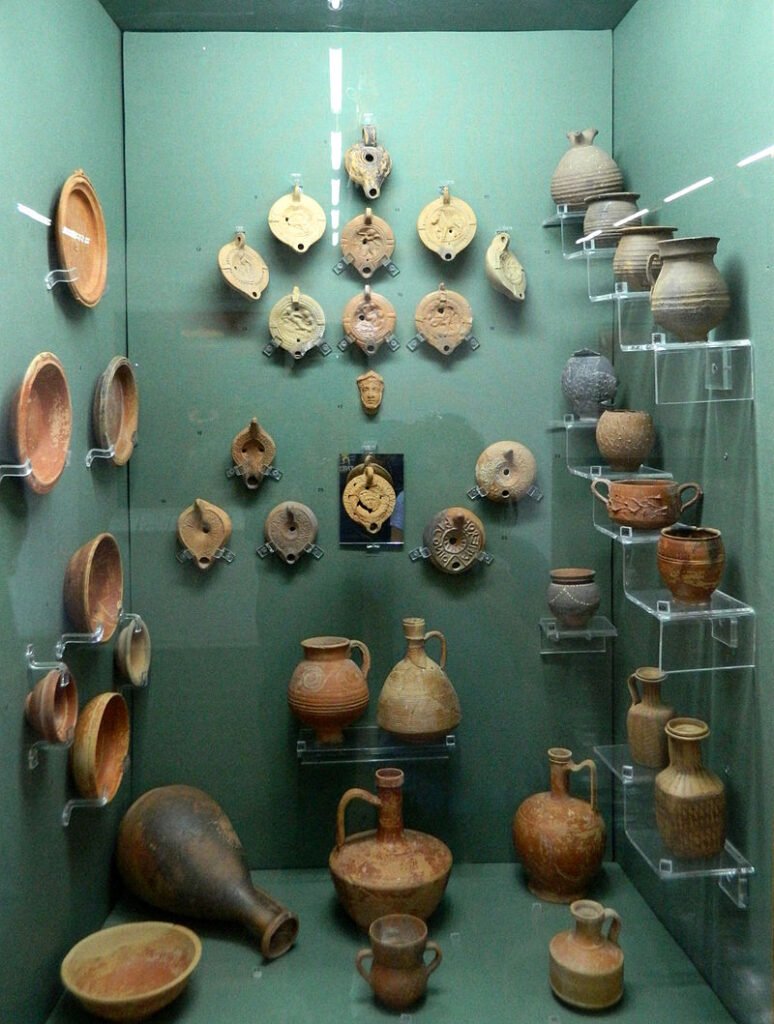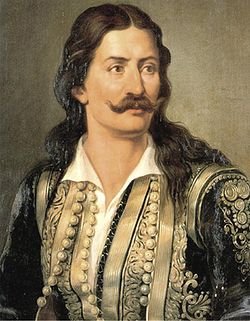Lamia city in central Greece, administrative seat of the Central Greece region, the FTIOTYDA regional unit and Lamia commune. In 2011, it had 52 006 inhabitants. According to one version, the name of the city comes from the mythological character named Lamia.

- The castle is located on the hill, above the city, it also immediately served to control the north-south and east-west communication routes. Traces of construction reach the Bronze Age here (2800–1000 BC). Preserved and almost complete, one of the strands of the defensive walls and its two gates, they wear a robe from the period after the war for independence, but they contain elements from the V BC. Internally, the castle is divided into three cooperating parts, two of which could also defend themselves in the event of gates by enemies. The main gate was called “σιδηρά” – all of iron. In ancient times, Acropolis was part of a more extensive, urban defense system. She participated in most important conflicts. From 190 CE In Roman hands, then again in Greek, since the Byzantine, in the 13th and 14th centuries in the hands of Latin, specifically francs and Catalans. From 1446 and for 387 years, the Turks have prevailed over the fortifications. From 1833, i.e. from the date of the entrance of Lamia, the reborn state, to 1940, the castle again served the Greek army. To grant hospitality to the district archaeological museum after World War II.

- The 14th-century Byzantine monastery of St. Agatona in Lamia
- The Gorgopotamos bridge, with its historical role in the history of national resistance movements of World War II.

- Arsala Cave, in the nearby ITI Mountains
- Monastery in the lady, fragments, including the main temple – 11th -century
- Byzantine Castle in iPati (Ypati).
- District Archaeological Museum. It presents a small, very representative, accessible and compact collection of finds, from the neolithic period, through all Greek, Roman and Greek-Bizantine periods. The museum building itself, harmoniously inscribed in the open air castle, also resembles the reconstruction of much earlier assumptions.

- Slanga and his monument. They are dominated by those related to independence battles. From Lamia they came, among others – immortalized several times – a textbook Greek hero of liberation fights against Turkey Atanasios Diakos, and from the period of World War II the founder and Kaftanios of the partisan movement Elas, Aris velchiotis.

